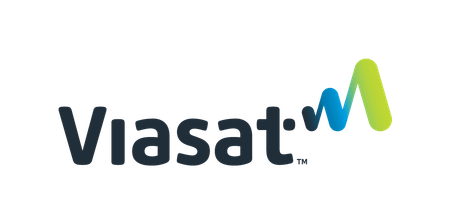“Crossfuze's customer-centricity, agility and ability to be part of our team is what really stands out for us, and is what made it possible to really deliver on our business goals.”

Nathalie Pougno
Senior Director, IT & Digital Transformation

Ricoh Canada | Electronics
%20(10).avif)













